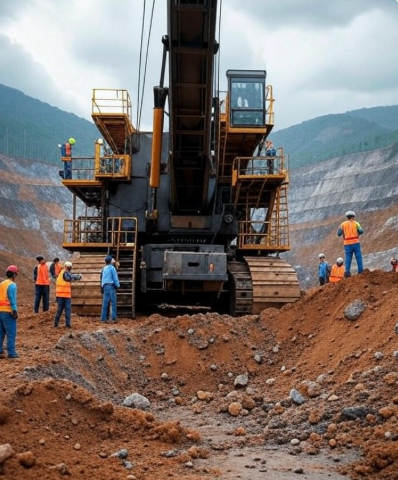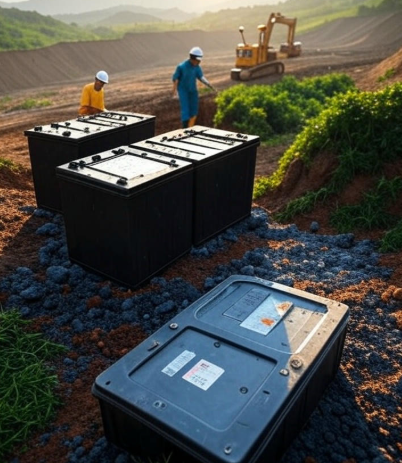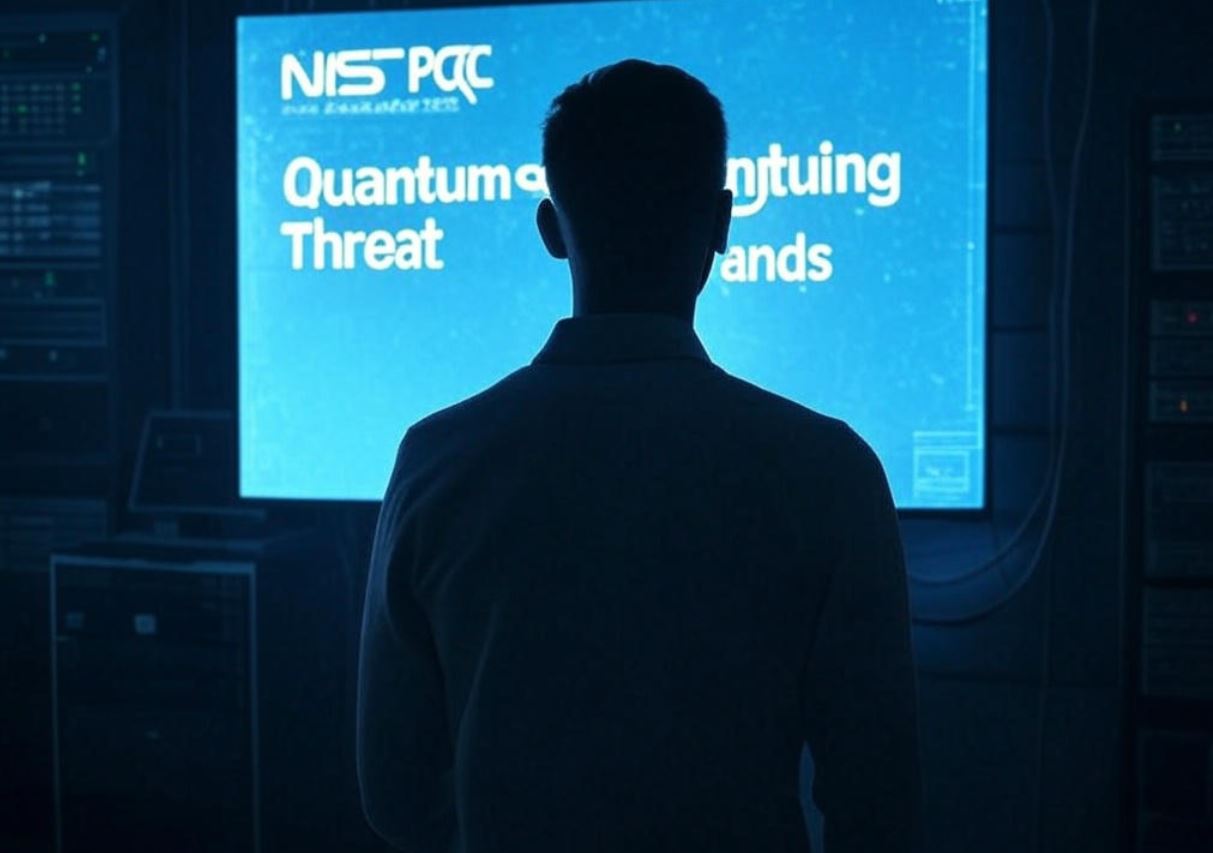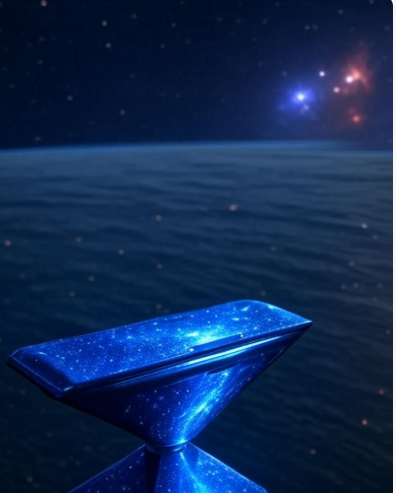The world’s most biodiverse marine ecosystem is under attack, and the weapon isn’t pollution or overfishingit’s our desperate hunger for electric vehicle batteries. In the pristine waters of Indonesia’s Raja Ampat archipelago, known as the “Amazon of the Seas,” mining companies are literally moving mountains to extract the nickel that powers our green transportation revolution. The irony is heartbreaking: in our rush to save the planet from fossil fuels, we might be destroying one of its most precious natural treasures.
Picture this: You’re diving in crystal-clear waters surrounded by more species of fish than anywhere else on Earth. Manta rays glide overhead like gentle giants, while coral reefs stretch as far as the eye can see in an explosion of colors that make tropical postcards look dull. This isn’t just another pretty underwater scene—it’s Raja Ampat, home to three-quarters of all known hard coral species on the planet. And right now, it’s being torn apart for the metals in your next electric car.
The Place That Time Forgot
Raja Ampat isn’t just beautiful it’s irreplaceable. The seas around Raja Ampat are widely considered to be the epicenter of global marine biodiversity, hosting about three-fourths of all known hard coral species, along with large populations of sharks and manta rays. This remote cluster of islands in Indonesia’s Southwest Papua Province has remained largely untouched by human development for thousands of years.
The name “Raja Ampat” means “Four Kings” in Indonesian, referring to the four main islands: Waigeo, Misool, Salawati, and Batanta. But it’s the smaller islands and the underwater world between them that hold the real treasures. Marine biologists call it the crown jewel of the Coral Triangle, a region already famous for having the richest marine biodiversity on Earth.
Local communities have lived here for generations, making their living from sustainable fishing and, more recently, eco-tourism. Divers from around the world travel thousands of miles just to experience what many consider the planet’s last marine paradise. The tourism industry provides jobs and income while keeping the ecosystem intact—until mining companies arrived with promises of quick profits and economic development.

The Green Dilemma
Here’s where the story gets complicated, and frankly, a bit depressing. The same environmental movement that fights to protect places like Raja Ampat is driving demand for the very materials that threaten it. Electric vehicles need batteries, and those batteries need nickel, cobalt, copper, and other metals. Lots of them.
Below miles of ocean, these nodules burst with copper, nickel, manganese and cobalt, all key to building batteries for electric vehicles. The global push for electric transportation has created an insatiable appetite for these minerals, and companies are looking everywhere to find them—including some of the most ecologically sensitive places on Earth.
Indonesia produces about 30% of the world’s nickel, making it a crucial supplier for the EV revolution. The country has been aggressively expanding mining operations to meet growing demand, and Raja Ampat’s islands looked like easy targets. Small, remote, and with relatively few people to object—at least, that’s what the mining companies thought.
The tragic irony isn’t lost on environmental scientists. We’re trying to transition away from fossil fuels to save the planet’s climate, but we’re potentially destroying some of its most precious ecosystems in the process. It’s like burning down the Amazon to build solar panels—the math just doesn’t add up from a conservation perspective.
When Paradise Meets Profit
The transformation happened faster than anyone expected. Over 500 hectares of forest and vegetation have been cleared for nickel mines on the West Papua islands of Gag, Kawe and Manuran, according to Greenpeace Indonesia. To put that in perspective, we’re talking about an area roughly the size of 500 soccer fields stripped bare in one of the most biodiverse places on Earth.
The mining operations don’t just affect the land—they’re devastating the marine environment that makes Raja Ampat special. “As long as the nickel mining continues to operate, the sediment will destroy coral and its surrounding ocean ecosystem,” said Timer Manurung, the director of Auriga Nusantara. “It’s really a threat for Raja Ampat, as the archipelago is known for ocean biodiversity and richness.”
Think about what happens when you dump tons of sediment into crystal-clear tropical waters. The coral reefs that took thousands of years to grow get smothered in a matter of months. Fish populations crash. The entire food web collapses. The “Amazon of the Seas” becomes just another industrial wasteland.
Local communities watched in horror as their traditional fishing grounds became muddy, lifeless waters. Tourism operators saw their businesses collapse as the pristine diving spots that attracted visitors from around the world disappeared under clouds of mining sediment. The economic promises of mining companies started looking pretty hollow when weighed against the loss of a sustainable tourism industry.
The Resistance Builds
But here’s where the story takes a hopeful turn. Sometimes, even when powerful corporations and government officials align behind destructive projects, ordinary people can fight back and win. In Raja Ampat, that’s exactly what happened.
The turning point came when images and videos of the environmental destruction went viral on social media. Indonesians who had never heard of Raja Ampat suddenly saw what was being lost, and they were outraged. International environmental groups joined local activists in demanding action. Dive operators and marine biologists provided scientific evidence of the ecological catastrophe unfolding.
The pressure worked. The Indonesian government has revoked four out of five nickel mining permits in the Raja Ampat archipelago following a public outcry over mining in one of the world’s most biodiverse marine ecosystems. It was a stunning victory for conservation, proving that even in our profit-driven world, some places are too precious to sacrifice.
But the fight isn’t over. As of May 2025 there were no visible signs of construction work, according to Greenpeace. This is likely due to the recent drop in global nickel prices, but companies are already suing to get their permits reinstated. The threat to Raja Ampat hasn’t disappeared—it’s just been delayed.
The Bigger Picture: A Planet-Wide Problem
Raja Ampat’s story is just one example of a much larger crisis. As demand for EV battery metals skyrockets, mining companies are targeting some of the most environmentally sensitive areas on Earth. Producing metals for one billion EVs from land ores would disrupt 156,000 km2 of land and 2,100 km2 of seabed for deep-sea tailings disposal.
The deep sea has become the new frontier for this destructive race. The deep seabed is teeming with potato-sized rocks packed with the nickel, cobalt, copper and manganese EV manufacturers covet. But efforts by mining companies to harvest the nodules with undersea robots are hitting rough waters.
These “polymetallic nodules” sit on the ocean floor in international waters, far from any country’s jurisdiction. That makes them tempting targets for mining companies, but it also means there’s little oversight or environmental protection. After years of negotiations, the ISA is due to adopt a final set of regulations in July 2025 that will govern responsible commercial mining operations in international waters. Opinion remains deeply divided on whether deep-sea mining should be allowed at all.
Recent research suggests the environmental impact could be devastating and long-lasting. SMARTEX was set up to determine the ecological impact in the central Pacific Ocean of deep-sea mining for mineral deposits known as nodules that contain rare metals like cobalt, manganese and nickel, which are critical elements in electric car batteries and other electronic devices.
The Solutions We’re Not Talking About
Here’s what frustrates me about this whole situation: we’re treating the symptoms instead of the disease. The real problem isn’t where we get the metals for EV batteries—it’s how many we need in the first place. Every conversation about sustainable mining should start with a much more basic question: how can we build a transportation system that requires less resource extraction?
The answer isn’t sexy, but it’s obvious: smaller batteries, better public transportation, and cities designed around people instead of cars. A Tesla Model S has a battery pack weighing over 1,200 pounds. A typical electric bicycle battery weighs about 7 pounds and can power a 20-mile commute. Do the math.
We could also do a lot more with recycling. Right now, most EV batteries end up in landfills when they reach the end of their useful life in cars. But those “worn out” batteries still contain 70-80% of their original capacity—more than enough for stationary energy storage. With proper recycling programs, we could dramatically reduce the demand for newly mined materials.
The technology for battery recycling exists, but the economics don’t work yet because mining new materials is still cheaper than recycling old ones. That’s partly because the environmental costs of mining aren’t included in the price. If companies had to pay for the true environmental impact of destroying places like Raja Ampat, recycled materials would suddenly look a lot more attractive.
The Choice We Face
The story of Raja Ampat forces us to confront an uncomfortable truth about the green transition: it’s not automatically better for the environment just because it doesn’t burn fossil fuels. The way we’re currently approaching electrification could end up destroying some of the planet’s most precious ecosystems in the name of saving the climate.
But it doesn’t have to be this way. The suspension of mining permits in Raja Ampat proves that when people understand what’s at stake, they can force better choices. The challenge is making those choices before it’s too late.
We need to be smarter about how we transition to clean energy. That means designing transportation systems that require fewer resources, not just swapping out the fuel source. It means proper environmental oversight of mining operations, not giving companies free rein to destroy ecosystems. And it means recognizing that some places—like the “Amazon of the Seas”—are too valuable to sacrifice for short-term economic gains.
The race to mine metals for EV batteries doesn’t have to destroy marine paradises like Raja Ampat, but only if we’re willing to make smarter choices about how we build our clean energy future. The question isn’t whether we can afford to protect these places—it’s whether we can afford not to.
The manta rays of Raja Ampat are still gliding through pristine waters, the coral reefs are still home to three-quarters of the world’s hard coral species, and local communities are still building sustainable livelihoods from the ocean’s bounty. But only because enough people cared to fight for them. The next paradise under siege might not be so lucky—unless we learn from Raja Ampat’s story and make better choices about the kind of future we’re building.




